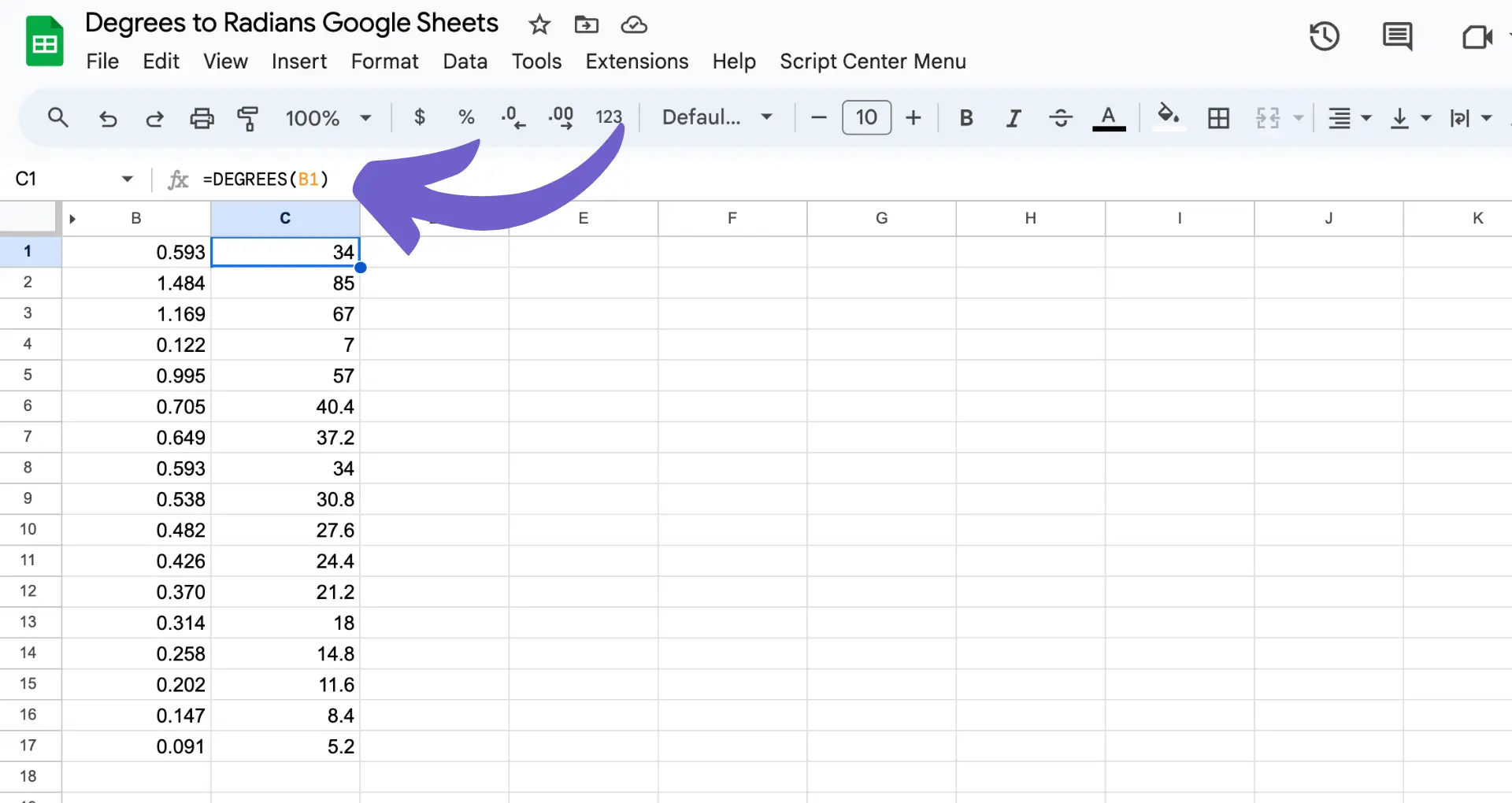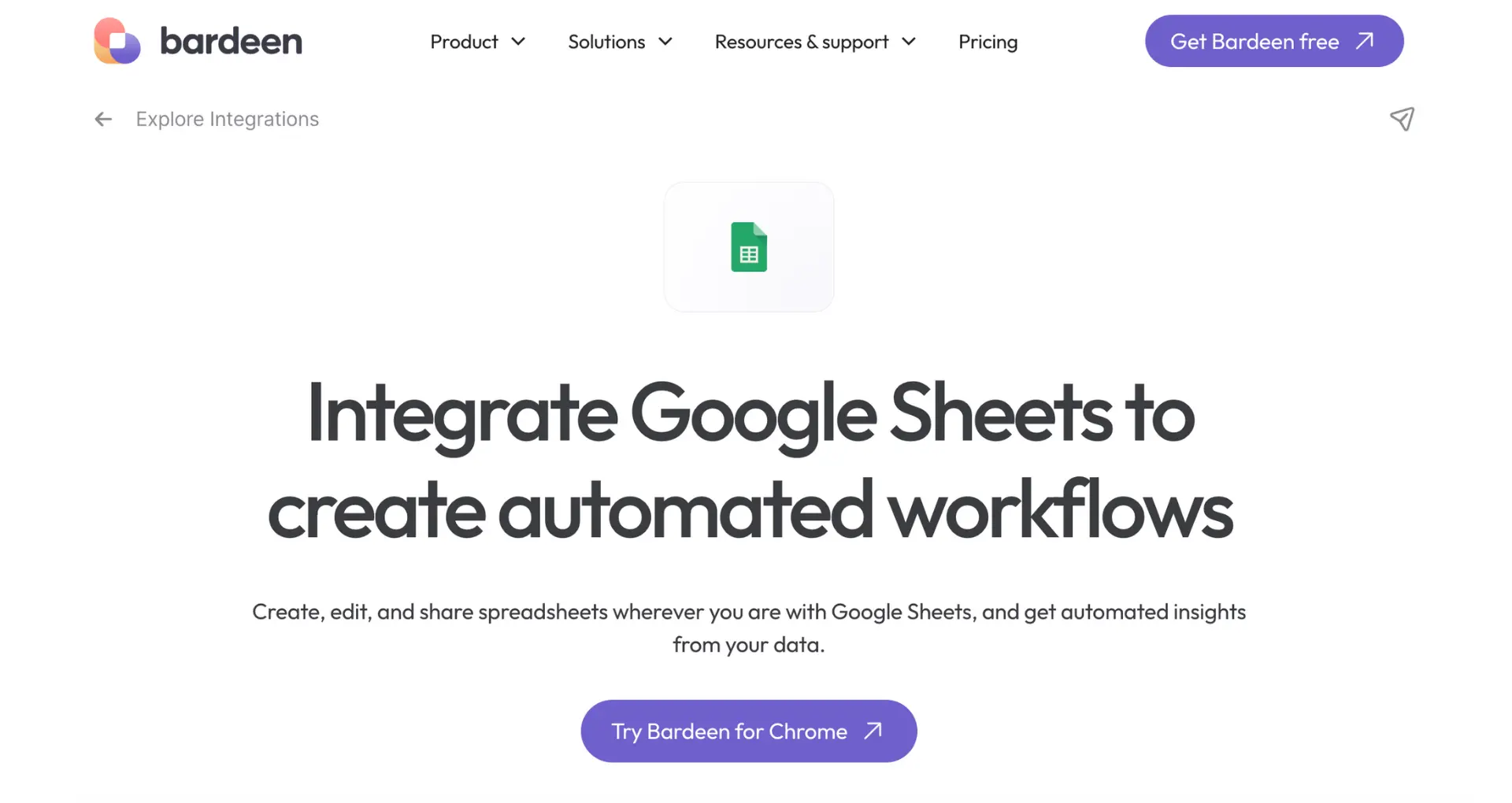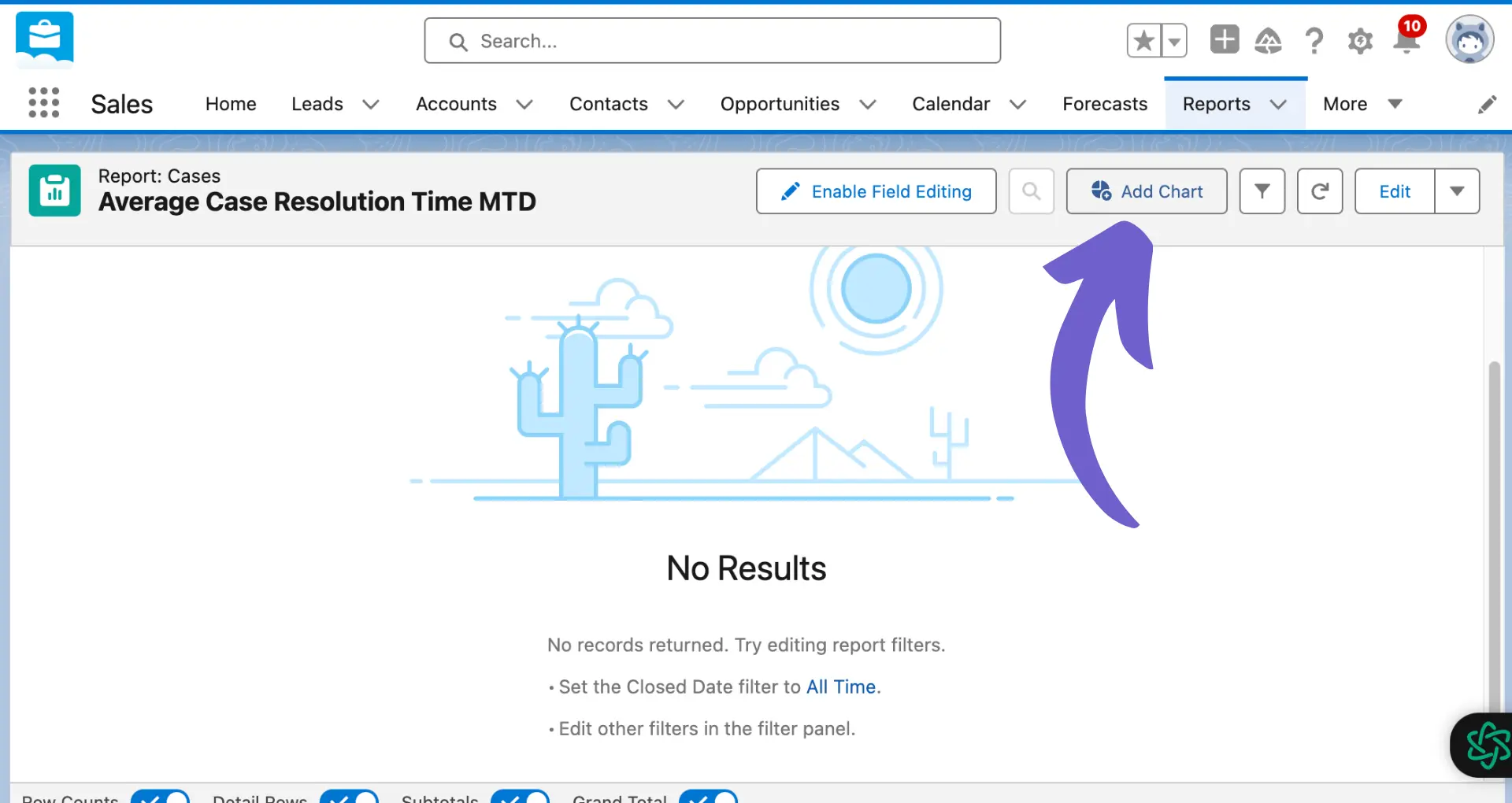Sharing Salesforce dashboards is crucial for fostering collaboration and enabling data-driven decision-making within an organization. In this step-by-step guide, we'll walk you through the process of sharing dashboards with users and groups in Salesforce, ensuring that the right people have access to the information they need. We'll cover the basics of dashboard sharing, setting up user permissions, and utilizing advanced features to streamline your workflow.
Introduction to Salesforce Dashboard Sharing
Sharing Salesforce dashboards is essential for enabling collaborative work and data-driven decision-making within your organization. By sharing dashboards, you allow team members to access critical insights, monitor key performance indicators (KPIs), and stay aligned on business objectives. Salesforce provides a robust set of tools and permissions to control dashboard access and ensure data security.
To effectively share dashboards, it's important to understand the basic concepts and permissions involved:
- Dashboard Folders: Dashboards are organized within folders, which can be public, hidden, or shared with specific users or groups.
- User Roles and Profiles: Salesforce uses roles and profiles to determine a user's level of access to dashboards and underlying reports.
- Sharing Settings: Dashboard sharing settings can be configured at the folder level or individual dashboard level, allowing for granular control over access.
By mastering these concepts and permissions, you'll be able to efficiently share dashboards with the right users and groups, fostering collaboration and enabling data-driven decision-making across your organization. For more insights, check out the best practices for sales demos.
Setting Up User Permissions for Dashboard Access
To ensure secure and appropriate access to Salesforce dashboards, it's crucial to configure user permissions correctly. Salesforce provides a granular permission system that allows you to control who can view, edit, and manage dashboards. Here are the key steps to set up user permissions:
- Identify User Roles: Determine the roles and responsibilities of each user or group that requires access to dashboards. This will help you assign the appropriate permissions.
- Modify Profiles: Access the user profile settings in Salesforce Setup. For each profile, navigate to the "System Permissions" section and locate the following permissions:
- Legacy Folder Sharing: "Run Reports" and "Manage Dashboards"
- Enhanced Folder Sharing: "Run Reports" and "Create and Customize Dashboards"
- Assign Permissions: Enable the necessary permissions based on the user's role and requirements. Users who only need to view dashboards should have "Run Reports" enabled, while those who need to create and edit dashboards should have the additional "Manage Dashboards" or "Create and Customize Dashboards" permission.
It's important to strike a balance between providing sufficient access for users to perform their tasks and maintaining data security. Regularly review and audit user permissions to ensure they align with your organization's security policies. For more tips, check out our guide on building a prospect list to streamline your sales process.
Automate your Salesforce tasks with the Bardeen app and save time managing user permissions and dashboard access.
Sharing Dashboards with Public Groups
Salesforce Public Groups provide a convenient way to share dashboards with a specific set of users. By adding users to a Public Group and then sharing the dashboard with that group, you can efficiently manage access and visibility. Here's a step-by-step guide on utilizing Public Groups for dashboard sharing:
- Create a Public Group:
- Navigate to Setup > Users > Public Groups.
- Click "New" to create a new Public Group.
- Provide a label and description for the group.
- Save the Public Group.
- Add Users to the Public Group:
- From the Public Groups list view, click on the newly created group.
- In the group detail page, click "Add Users".
- Search for and select the users you want to include in the group.
- Click "Add" to add the selected users to the Public Group.
- Share the Dashboard with the Public Group:
- Open the dashboard you want to share.
- Click the "Share" button.
- In the sharing settings, locate the "Public Groups" section.
- Search for and select the Public Group you created.
- Choose the appropriate access level (e.g., View or Edit).
- Click "Done" to apply the sharing settings.
By following these steps, the dashboard will be accessible to all users within the specified Public Group, streamlining the sharing process and ensuring appropriate visibility.
Utilizing Salesforce Reports for Enhanced Dashboard Functionality
Salesforce reports and dashboards work hand-in-hand to provide users with valuable insights and data visualizations. Reports serve as the foundation for dashboards, feeding them with the necessary data to generate meaningful charts and graphs. Here's how you can leverage Salesforce reports to enhance your dashboard functionality:
- Create a Report:
- Navigate to the Reports tab in Salesforce.
- Click "New Report" and select the appropriate report type.
- Define the report criteria, fields, and filters.
- Save the report.
- Link the Report to a Dashboard:
- Open the dashboard in edit mode.
- Click the "Add Component" button.
- Select the type of component you want to add (e.g., chart, table).
- In the component editor, choose the "Report" option as the data source.
- Search for and select the report you created.
- Customize the component settings, such as chart type and formatting.
- Save the changes to the dashboard.
By linking reports to dashboard components, any updates made to the underlying report will automatically reflect in the dashboard. This dynamic connection ensures that your dashboards always display the most up-to-date information.
Additionally, you can use report filters and formulas to create targeted and specific data sets for your dashboards. This allows you to tailor your dashboards to different audiences or focus on specific metrics and KPIs.
Save time and make your dashboards even smarter with automating Excel tasks. Boost your workflow efficiency today!
Advanced Sharing Options: Granting Temporary Access
In some cases, you may need to grant temporary access to Salesforce dashboards for short-term projects or external consultants. Here are a few methods to achieve this:
- Dashboard Viewer User:
- Create a new user profile with limited permissions, such as "Dashboard Viewer."
- Assign the necessary dashboard access to this profile.
- Create a new user and assign them the "Dashboard Viewer" profile.
- Set an expiration date for the user account to revoke access automatically.
- Dashboard Subscription:
- Open the dashboard you want to share.
- Click the "Subscribe" button.
- Enter the email address of the external user.
- Set the subscription frequency and duration.
- The external user will receive an email with a link to view the dashboard, which will expire based on the specified duration.
- Salesforce Communities:
- Create a Salesforce Community for external users.
- Add the dashboard to a community page.
- Invite external users to the community and assign them the appropriate permissions.
- Set an expiration date for their community access.
When setting up temporary access, consider the following:
- Ensure that the dashboards shared contain only the necessary data and do not expose sensitive information.
- Regularly review and audit temporary access permissions to maintain data security.
- Communicate the access duration and expiration to the external users to set clear expectations.
By utilizing these methods, you can safely grant temporary dashboard access to external stakeholders while maintaining control over your data. For more insights on sales demo best practices, explore our resources.
Best Practices for Managing Dashboard Sharing and Visibility
To maintain data integrity and privacy, it's crucial to follow best practices when managing Salesforce dashboard visibility. Here are some tips:
- Regularly review dashboard access:
- Periodically audit who has access to each dashboard.
- Remove access for users who no longer require it.
- Use sales intelligence tools to ensure that users have the appropriate level of access based on their roles and responsibilities.
- Set up dashboard folders:
- Organize dashboards into folders based on departments, teams, or projects.
- Apply sharing settings at the folder level to streamline access management.
- Use descriptive folder names to make it easy for users to find relevant dashboards.
- Utilize dashboard running users:
- Set the dashboard running user to control the data displayed.
- Choose a running user with the appropriate permissions to ensure data accuracy and security.
- Avoid using individual user accounts as running users to prevent disruptions if that user leaves the organization.
- Educate users on data sensitivity:
- Train users on the importance of data privacy and the potential risks of over-sharing.
- Encourage users to be mindful of the data they include in dashboards and to only share with those who need access.
- Establish clear guidelines on handling sensitive or confidential information in dashboards.
By implementing these best practices, you can strike a balance between providing access to important data and maintaining the necessary controls to protect your organization's information. For more insights, consider integrating Dropbox with other apps to enhance your data management.
Automate dashboard access reviews with Bardeen's LinkedIn Profile Data Playbook. Save time and focus on more critical tasks while Bardeen handles repetitive workflows.






